권장 브라우저 안내
이 웹사이트는 Internet Explorer 9 버전 이상에서만 이용 가능합니다.
편리한 사이트 이용을 위하여 최신 브라우저로 업그레이드해주시기 바랍니다.
이 웹사이트는 Internet Explorer 9 버전 이상에서만 이용 가능합니다.
편리한 사이트 이용을 위하여 최신 브라우저로 업그레이드해주시기 바랍니다.
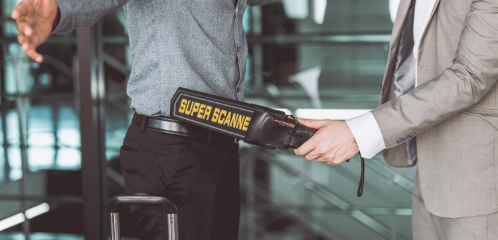
Security screening to prevent incidents, accidents, and risks of technology leakages by using X-rays to identify hazardous items threatening safety or security items for corporate technology protection in facilities used by unspecified large groups without opening them.

Enhancing and replacing human roles with an AI automated inspection system to minimize human errors and improve scanning efficiency.

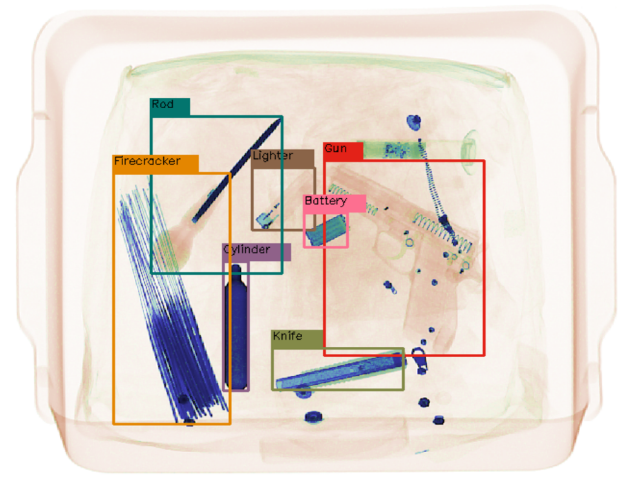
AI Detection Images for Hazardous Items

AI Detection Images for Information Security Items


| Field | Regulation | Responsible Ministry | Implementation | Delegated Certification Authority | Delegated Testing Institution |
| Aviation | Aviation Security Act |  |
2018.10. | Korea Institute of Aviation Security Technology | Korea Testing Laboratory |
| Railway | Railway Safety Act | 2019.10. | Korea Railroad Research Institute | ||
| Port | International Ship and Port Facility Security Code |  |
2021.12. | Korean Register of Shipping |
| Country | Major Overseas Certification Authority |
| USA | Transportation Security Administration(TSA) |
| Europe | European Civil Aviation Conference (ECAC) |
| China | Civil Aviation Administration of China (CAAC) |
Over decades, CT data acquisition methods have evolved, introducing the Cone-Beam structure, which enables the fastest scanning speed currently available.
Unlike the medical field, due to high scanning volume and the need for continuous imaging, durability and rotational speed are emphasized in the design of the slip-ring connectivity structure.
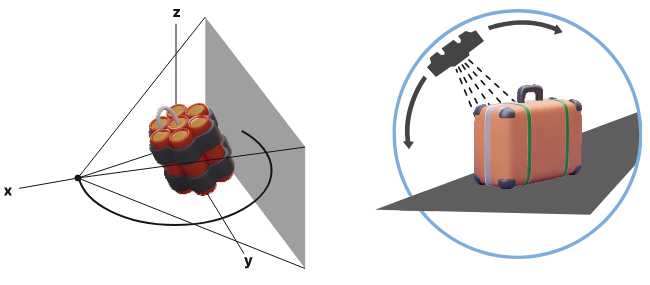
Deep learning-based technology is applied to minimize Cone-Beam effects and enhance image quality at the Sinogram stage before image reconstruction.
Currently under development with a target for commercialization in 2025.
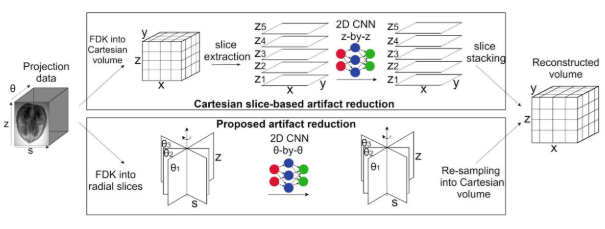
Developing AI detection technology for items indicative of explosives by integrating the existing inorganic and organic material differentiation algorithm with density analysis technology.
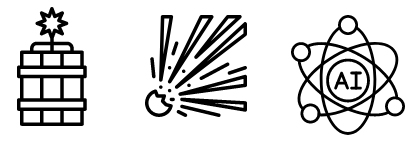
The items scanned using 3D-CT X-ray security equipment require the establishment of separate datasets for inorganic organic material color + component analysis + shape information.
Especially for explosives, due to their non-standardized forms, component analysis data training and dataset creation must be prioritized.
